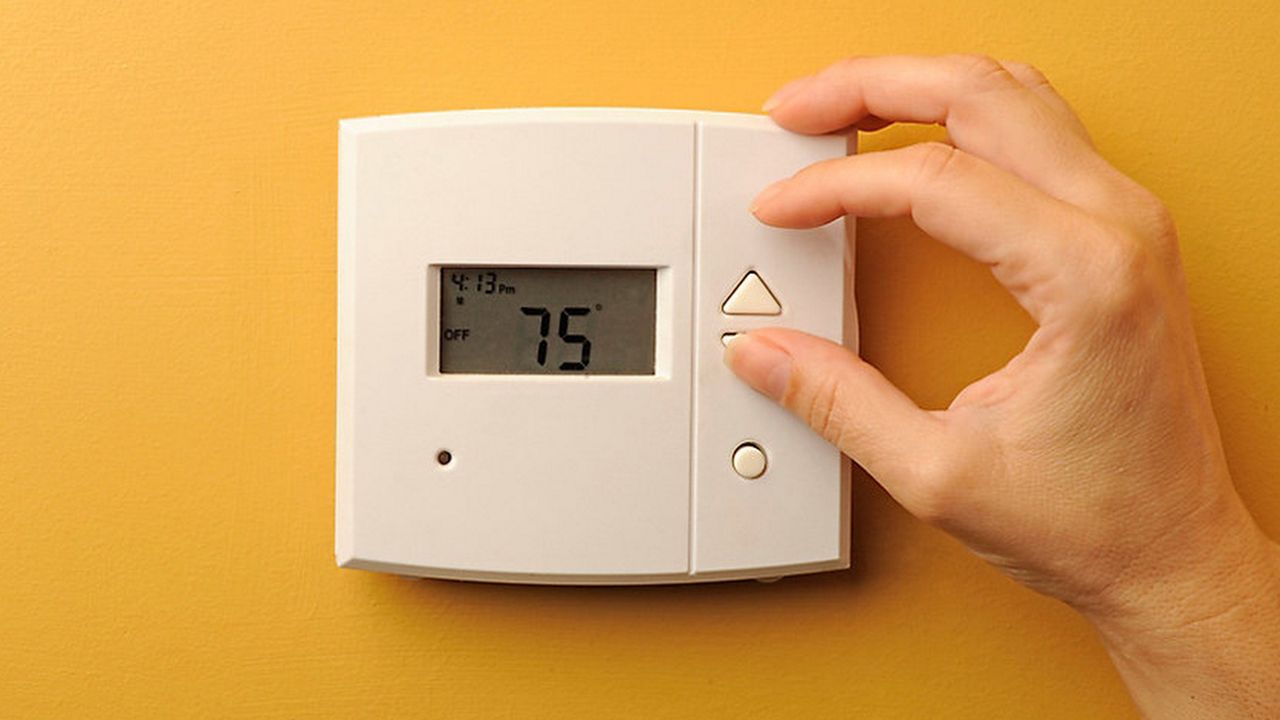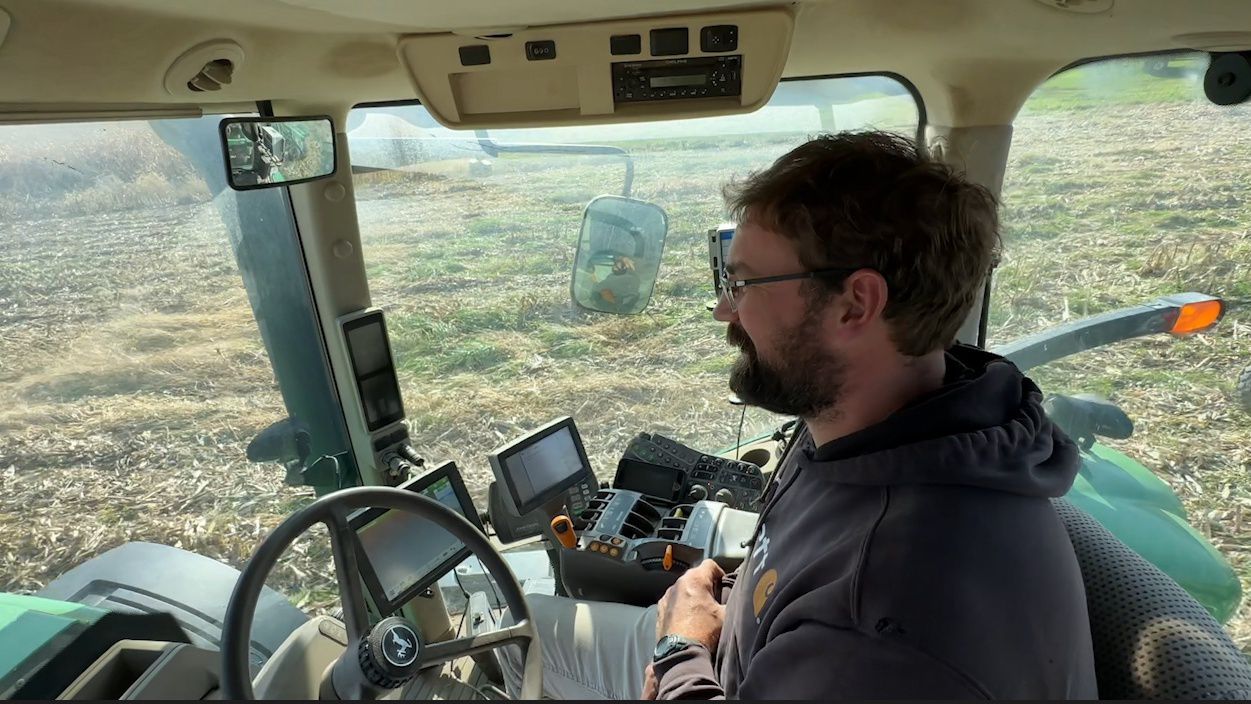According to Allied Market Research, the global sneaker market was valued at $131.1 billion in 2021 and is projected to reach $215.6 billion by 2031.
A sneaker store owner and a professor spoke about the sneaker landscape and how they affect today's economy.
Nick Giarrusso is living the dream.
“[I was] probably 15 [or] 16,” he said. “I was like, ‘I’m going to own a sneaker store one day.’”
Being a sneakerhead is a lifestyle for him.
“I’d camp out for 20-plus hours to get one pair of shoes just because I loved the shoe very much," Giarrusso said.
As a child he rarely got new pairs, so every time he did that feeling was special to him and kickstarted his passion for it.
“It doesn’t matter what shoe it is," he said. "It could be Yeezy’s. It could be Ultraboosts. It could be Jordans, literally anything. A brand new pair of shoes to anybody makes them feel much more better and much more self-confident about themselves.”
As the owner of Ambition Upstate, a shoe store in Syracuse, Giarrusso sells a wide variety of higher-end shoes. But the journey to get here was harder than he thought.
“It took me a very long time to get here though," said Giarrusso. "There was definitely times where I didn’t want to do it anymore. I had a good support system that kind of always kept telling me to keep going for it.”
One of the most important aspects of his job is adaptability. As the way sneakers are viewed has changed, he has to stay one step ahead to continue to be successful.
“It’s totally different," he said. "Now it’s really, I mean you still have your diehard collectors and stuff like that, but it’s more of a real big business at this point.”
Patrick Penfield sees the same thing
“A lot of people look at sneakers now as an investment," said Penfield. "And so it really is about, the economy is a scale right. So if there’s not a lot of supply and high demand then usually prices go up and that’s where again you could buy sneakers and potentially hold them as an asset and later on sell them.”
According to Front Office Sports, the U.S. sneaker resale market is worth $2 billion and is expected to reach $30 billion by 2030.
"These resellers again they’re very aggressive with their bots,” he said. “And so they get in they buy up a lot of the inventory and that’s why a lot of times consumers have a hard time buying directly from a manufacturer like Nike or Adidas.”
With sneaker releases primarily on apps, having a bot is a huge advantage. It does the checkout process for someone at the exact time the shoe officially releases.
“I mean I don’t like it," said Giarrusso. "But it's just with everything else time changes. You either have to adjust with what’s being changed or if you don’t adjust you’re not really going to advance what you want to do. And especially into the sneaker market."
Getting a shoe for retail doesn’t mean you’re guaranteed to make money off of it. The key is to take everything in stride.
“You got to take the good with the bad, you have to in this market," Giarrusso said. "Not everything’s going to be a home run, not everything is you’re going to make $100. Some you won’t even make anything, you’ll break even and then other ones you will lose money."
The sneaker landscape is one that's constantly evolving.







)


